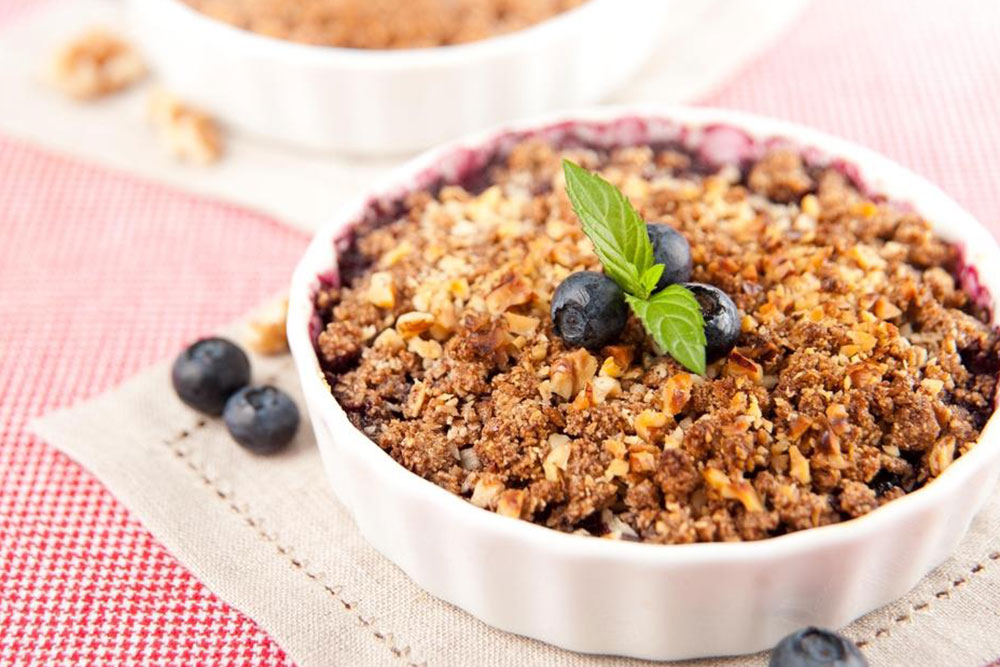
Tips to successfully follow a sugar-free diet
A sugar-free diet has many health benefits. But some people find it difficult to give up on sugar.
A sugar-free diet is beneficial for your health in many ways. It helps to reduce blood sugar level, reduces food cravings, and helps in weight loss. Cutting down on sugar not only benefits your physical health but also your mental health.
Here are some tips to help you follow a sugar-free diet:
What to give up
A sugar-free diet requires one to give up on sugar in coffee, tea, and other beverages completely. Honey and syrup should also be avoided. You have to say goodbye to all the foods that have sugar, such as cakes, pastries, bread, etc. All artificial sweeteners have to be given up. Additionally, one may have to give up on dairy products that contain sugar.
What to eat
You can eat all types of meat and fruits with low sugar content, such as apples, blueberries, cantaloupe, coconut, grapefruit, kiwi, limes, peach, orange, plum, pear, and strawberries. Natural sugars are okay to consume but in proportion.
You can also consume foods like fresh vegetables, legumes, beans, nuts, seeds, whole grains, spices, eggs, and protein powder. There are various items allowed in this diet to satisfy your hunger without consuming sugar.
How to start
When you start with a sugar-free diet, don’t give up on sugar completely in one go. Your body will revolt and you may find it difficult to manage. It can also lead to a drastic fall in blood sugar levels, affecting your health.
Start off by giving up on white sugar added to tea, coffee, and milk. First, reduce your sugar intake by 50%, maintain the diet for a couple of weeks and then give up on sugar completely.
Give up on pastries, cake, and sweets. Follow this diet for a couple of weeks. After you get adjusted to it, you can give up on other foods that contain sugar as well. Finally, stop consuming foods with artificial sweeteners.
Increase calories
When you give up on sugar, work towards increasing your calories through other permitted foods. This can help you to manage the cravings that would otherwise create withdrawal symptoms.
Fatty meats, vegetables with butter, spices, high-carb and low-fat snacks such as dark chocolate can help curb your cravings. Do this until your body adjusts to the sugar-free diet, after which you can aim at reducing calories.
Eat well
Eat small portions once every three hours and avoid eating after 8 pm. Limit caffeine and alcohol intake and make use of spices to add flavor to your food, so that you can reduce the cravings for sugar.
Going on a sugar-free diet can be difficult, so do it slowly in a systematic manner. Ensure that you avoid all food items containing sugar and instead have high-carbs and proteins.


